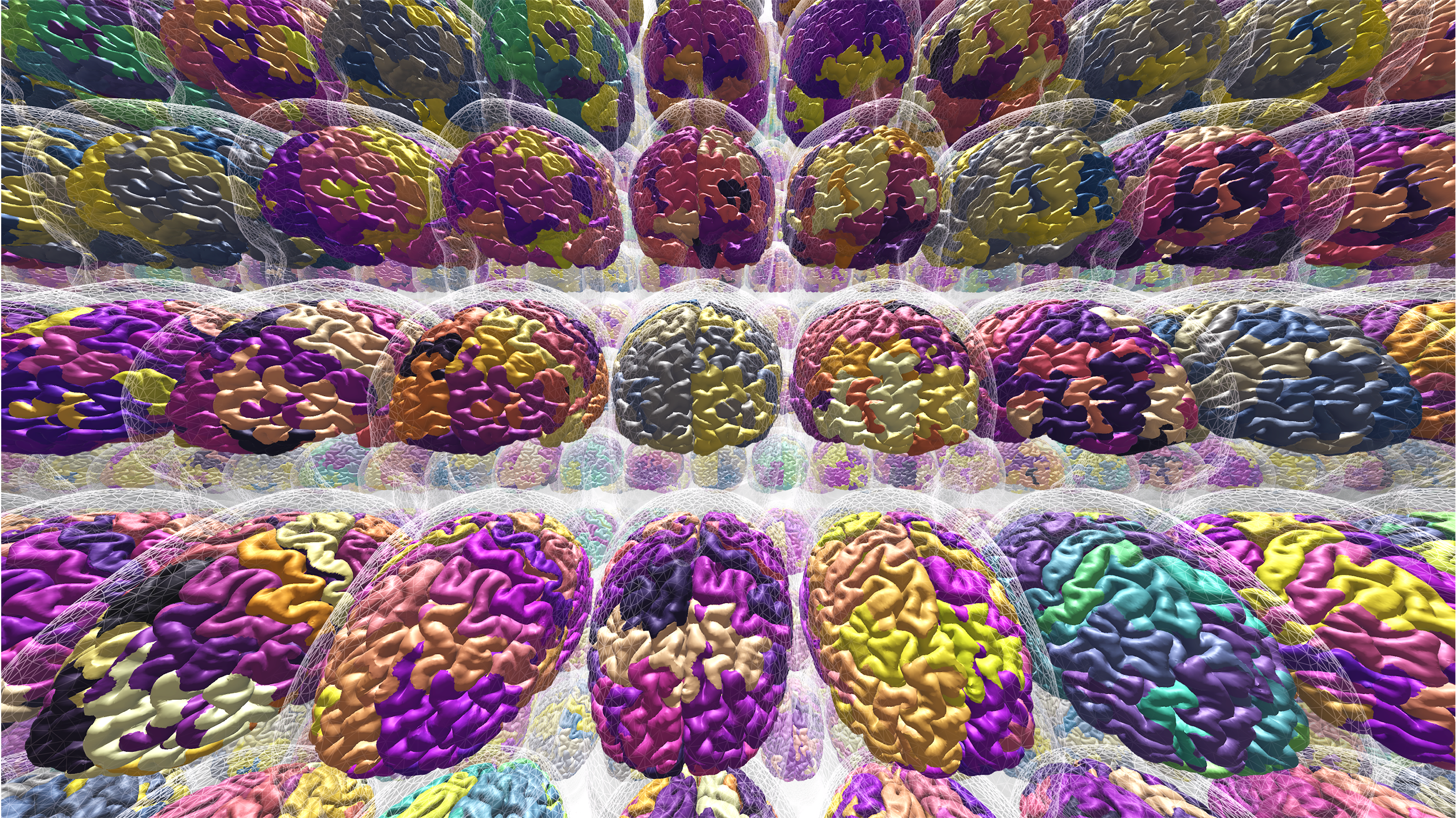- News
Brain simulation augments machine-learning–based classification of dementia
03 June 2022
Brain simulation methods can be used to improve the classification of dementia and could in the future constitute a new diagnostic tool to help direct patients towards the right treatment. These are the conclusions suggested by a new paper by HBP researchers, published in the Alzheimer’s & Dementia: Translational Research & Clinical Interventions (TRCI) journal. The findings provide a proof of concept for the use of the Virtual Brain simulation platform as a personalisation tool not only for treatment, but also for early stages of diagnosis.

© Charité/Ritter
The researchers relied on a dataset from Alzheimer's Disease Neuroimaging Initiative, which collects MRI, positron emission tomography (PET) and biomarkers information for Alzheimer patients. “There are different degrees of dementia and cognitive impairment, and classifying the patient into the right group is key for the effectiveness of the treatment” explains Petra Ritter from the Berlin Institute of Health at Charité University Medicine Berlin, Germany, who led the study. “We are demonstrating that brain simulation, combined with machine learning, augments disease classification”.
Ritter’s team focused on the distribution of the beta-amyloid protein (Aβ), a known biomarker of Alzheimer's dementia, but whose precise role is not yet well understood. After obtaining the distribution information of Aβ from the PET dataset, the researchers integrated it into the Virtual Brain and simulated different brain states, finding that distinct patterns emerged between Alzheimer’s dementia patients, mild cognitive impairment patients, and the healthy control group. “We added simulation to empirical data, and found that this provides more accurate classification than empirical data alone” says Ritter.
The study provides proof of concept that simulation enhances the classification of different disease groups and subtypes. “With the Virtual Brain, the predictive power of classification tools is increased” concludes Ritter. “When further advanced, pharmaceutical companies could be interested in employing these methods in early diagnosis and differentiation of disease subtypes for stratification of clinical trials. Different patients require different preventive and therapeutic measures, and brain simulation could be a contributing factor in creating patient-specific approaches”.
Text by Roberto Inchingolo
Read the full paper: Paul Triebkorn, Leon Stefanovski, Kiret Dhindsa, Margarita-Arimatea Diaz-Cortes, Patrik Bey, Konstantin Bülau, Roopa Pai, Andreas Spiegler, Ana Solodkin, Viktor Jirsa, Anthony Randal McIntosh, Petra Ritter, for the Alzheimer's Disease Neuroimaging Initiative, Brain simulation augments machine-learning–based classification of dementia, Alzheimer’s & Dementia: Translational Research & Clinical Interventions, 2022, doi.org/10.1002/trc2.12303



